Key Takeaways
- Sword and sandal movies depict realistic gladiators, with nods to historical practices of slavery and arena fighting.
- Many classic epics like Spartacus, Barabbas, and Ben-Hur showcase themes of social struggle and survival amid Roman society.
- Gladiator, a popular modern epic, continues the legacy of sword and sandal films with a long-awaited sequel featuring new characters.
They used to be a popular genre called “the peplum flick” and Hollywood was awash with them at a time when Biblical epics were all the rage. Some impressive movies were made to tell the stories of the Old Testament and the Roman Empire, and plenty of them included the ancient version of a modern sports hero, a gladiator.
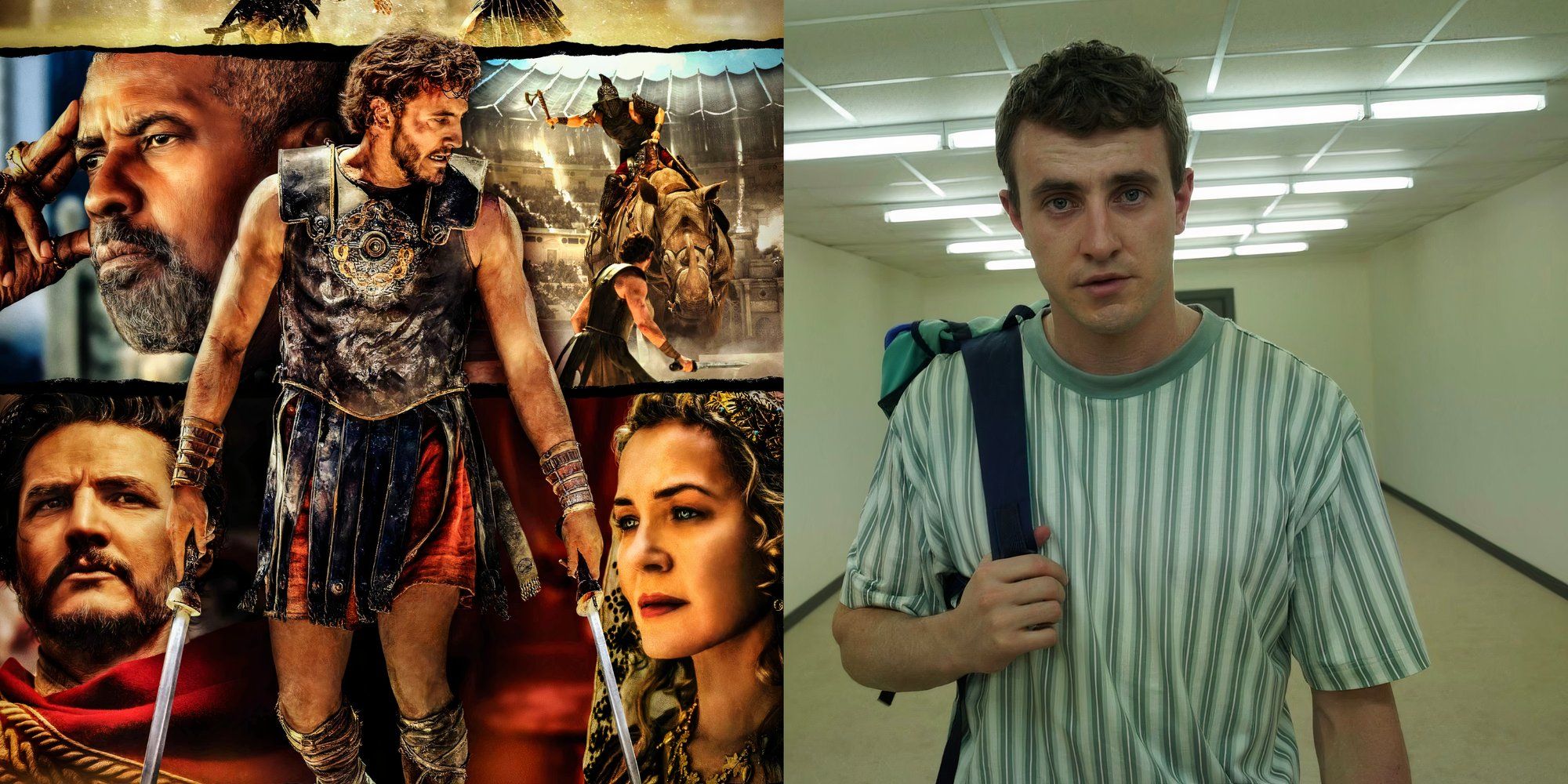
Related
Gladiator 2: 7 Best Paul Mescal Roles, Ranked
Paul Mescal has made a name for himself in Hollywood in a short amount of time. Before seeing Gladiator 2, these are some of his best roles.
In sword and sandal movies, characters are depicted as realistic as opposed to heroic, and writers and directors recognize that gladiators were often slaves who were forced to risk their lives. Older movies always leaned into the cruelty of the practice as a depraved pagan Roman tradition. Today, most “sword and sandal” movies include a fighting scene in the arena or a gladiator character because the practice was so ubiquitous, and in some ways it still is.
Only traditional sword and sandal movies will be considered here and not the more modern interpretations of gladiators as seen in other films, such as
The Hunger Games
.
5 Barabbas
An Ancient Story Of Survivor’s Guilt
- Director: Richard Fleischer
- Starring: Anthony Quinn, Arthur Kennedy, Jack Palance, Silvana Mangano
- Distributed By: Dino de Laurentiis Cinematografica, Columbia Pictures
- Release Date: October 10, 1962
The talents of Anthony Quinn, and the creative vision of the writer Pär Lagerkvist who wrote the original book, was partly why this movie made such an impact on audiences. It abandoned the lofty ideals of previous Biblical epics about nobles and heroism and instead told the story of Barabbas. The eclipse scene is still famous for its ethereal, post-apocalyptic effect and chilling musical score.

Related
The Best Post-Apocalyptic Horror Movies
The post-apocalyptic and horror genres go hand in hand, with the following genre-blending films standing out as the best.
According to Biblical accounts, Pontius Pilate offered the crowd a choice; release Jesus, who was imprisoned for subversion, or Barabbas, the thief. The crowd chooses Barabbas, a bone-fide lowlife with nothing going for him, and what follows is his own story of self-discovery, survivor’s guilt, and finally, redemption. At one point, he finds himself in the Colosseum as a gladiator and spares the life of an opposing fighter, influenced to do so by the teaching of the innocent rabbi who died in his place.
4 Conan The Barbarian
An Iconic Moment In Cinema
- Director: John Milius
- Starring: Arnold Schwarzenegger, James Earl Jones, Sandahl Bergman, Mako
- Distributed By: Universal Pictures, 20th Century Fox
- Release Date: May 14, 1982
The opening line “Between the time the oceans drank Atlantis to the rise of the Sons of Arias” doesn’t mention the Romans specifically, but the world of Conan that writer Robert E. Howard created was something like an alternate timeline of early Europe. They certainly had gladiatorial games, and Conan was raised from a slave into the violence of the arena until he was freed to pursue his adventures.
Conan The Barbarian was one of the roles that made Arnold Schwarzenegger a superstar, and it also marked the beginning of an age when D&D and fantasy tropes would take a place next to Biblical ones in movies. Basil Poledouris’ soundtrack is as legendary as the film and is one of the features that makes the movie so timeless.
3 Spartacus
A Dramatic Account Of A Real Historic Event
- Director: Stanley Kubrick
- Starring: Kirk Douglas, Laurence Olivier, Jean Simmons, Charles Laughton
- Distributed By: Universal International
- Release Date: October 6, 1960
This classic film is about an event that took place in Rome called the Third Servile War, also called the Gladiator War because most of the soldiers were actual gladiators. It was the 1st century BC, and although Christianity hadn’t been born yet, the narration connects the philosophy with the social forces that inspired the insurrection.
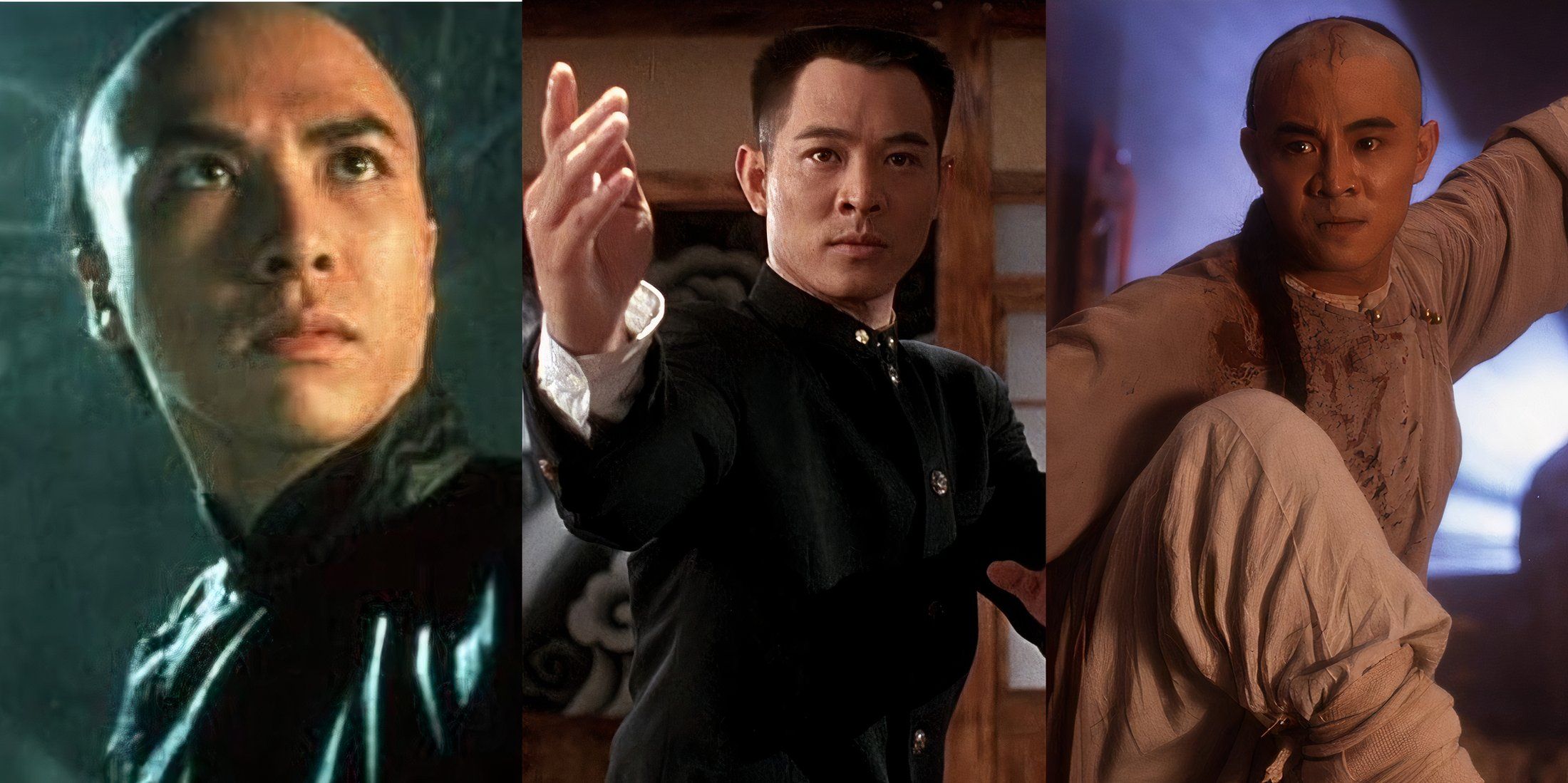
Related
10 Best Martial Arts Movies of the 1990s
The 1990s produced some great martial arts movies that have remained cult classics for over two decades. Here’s which ones stood out.
The forces included slaves who had escaped from a gladiatorial training center in southern Italy, which is where the first part of Spartacus takes place. Released during the time of the Civil Rights movement in the US, it’s possible to see a similar message reflected in the conflict between the kidnapped and coerced slaves and the corrupt, upper-class Romans who paid them to kill each other.
2 Ben-Hur
Slavery, Hardship, Revenge, And A Miracle
- Director: William Wyler
- Starring: Charlton Heston, Jack Hawkins, Haya Harareet, Stephen Boyd
- Distributed By: Loew’s, Inc.
- Release Year: November 18, 1959
There have been several adaptations of Lew Wallace’s novel Ben-Hur: A Tale of the Christ, and this is by far the most popular and critically acclaimed. It was one of the most expensive movies in existence at the time, and some of the action scenes, like the race in the circus, are still harrowing and realistic even in the modern era.
The protagonist is a prince of the House of Hur, a Jewish family that advocates for the local population in their home city of Jerusalem. After a falling out with the Roman local commander and governor, the Hur family is imprisoned for sedition, and Judah Ben-Hur is sent to the galleys as a slave. His quest for revenge eventually leads him to the Roman circus where he faces the authorities that destroyed his family in the arena of Rome.
1 Gladiator
The Legacy Of Marcus Aurelius
- Director: Ridley Scott
- Starring: Russell Crowe, Joaquin Phoenix, Connie Nielsen, Oliver Reed
- Distributed By: DreamWorks Distribution, Universal Pictures
- Release Date: May 5, 2000
A favorite among those who enjoy sword and sandal epics as well as historical drama and period pieces, Gladiator tells the story of a disgraced Roman general who was intended for death but ended up in the Colosseum instead. Maximus Decimus Meridius is a fictional character, and the events of this story are just as contrived, but Emporer Marcus Aurelius, and his children Commodus and Lucilla, are authentic historical figures.
Like Spartacus, the main character Maximus is enslaved and trained to fight in the Colosseum, and after some time in the public eye, he starts to see a path to revenge. There’s a classic film that follows a similar plot that features some of the same people, The Fall of the Roman Empire, but the only fighting scene is between Commodus and another character named Livius, a former lover of Lucilla.
Although there’s been talk of a sequel since 2001, Gladiator II is set to release on November 22 in the US, more than twenty years after the original. The storyline makes clever use of this long period and features the main character, the son of Maximus and Lucilla, who resists the rule of another emperor, Caracalla.
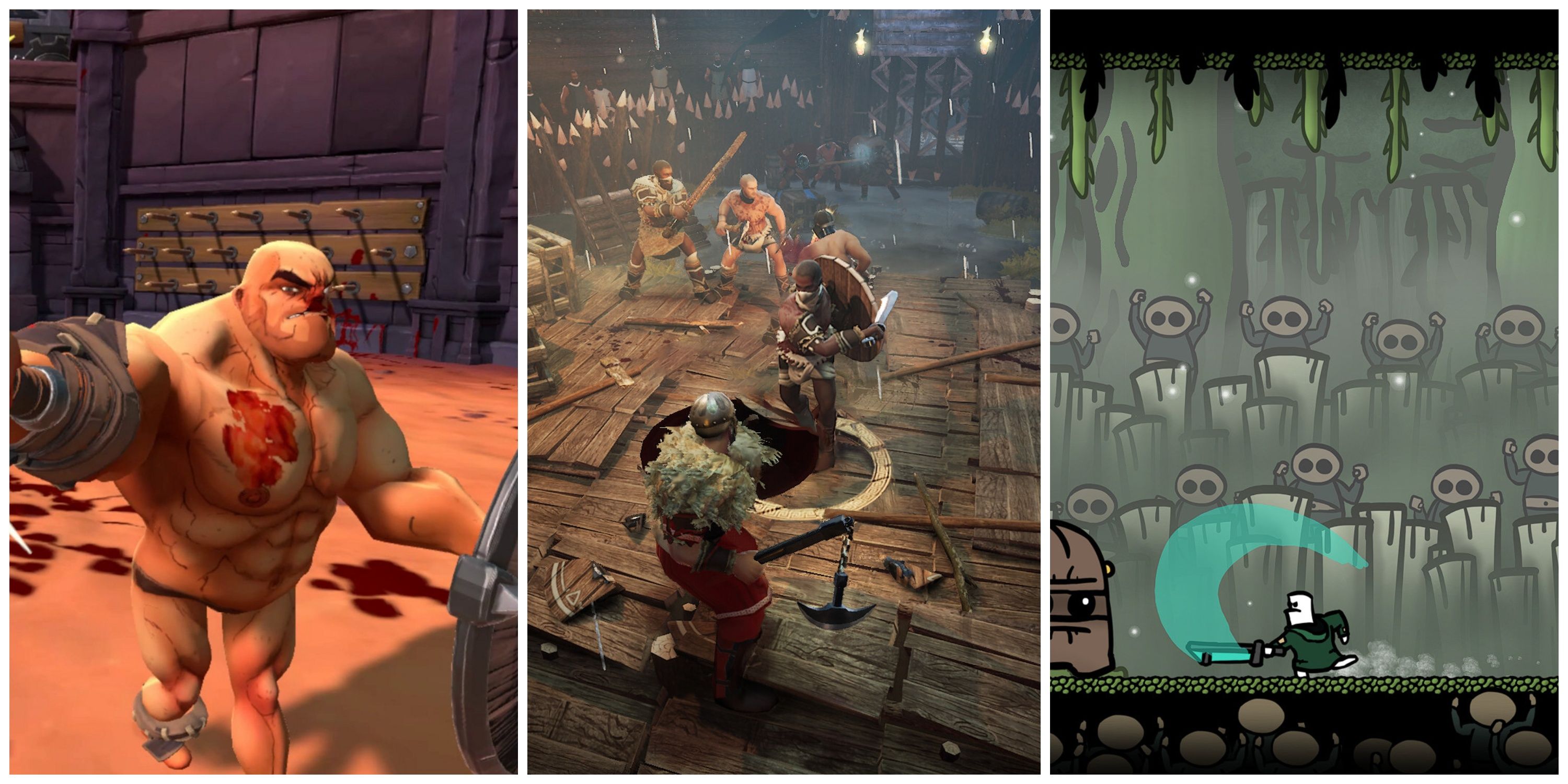
More
7 Best Gladiator Games, Ranked
If you’re in the mood for thrilling arena-based combat, check out some of the best Gladiator-themed games out there.
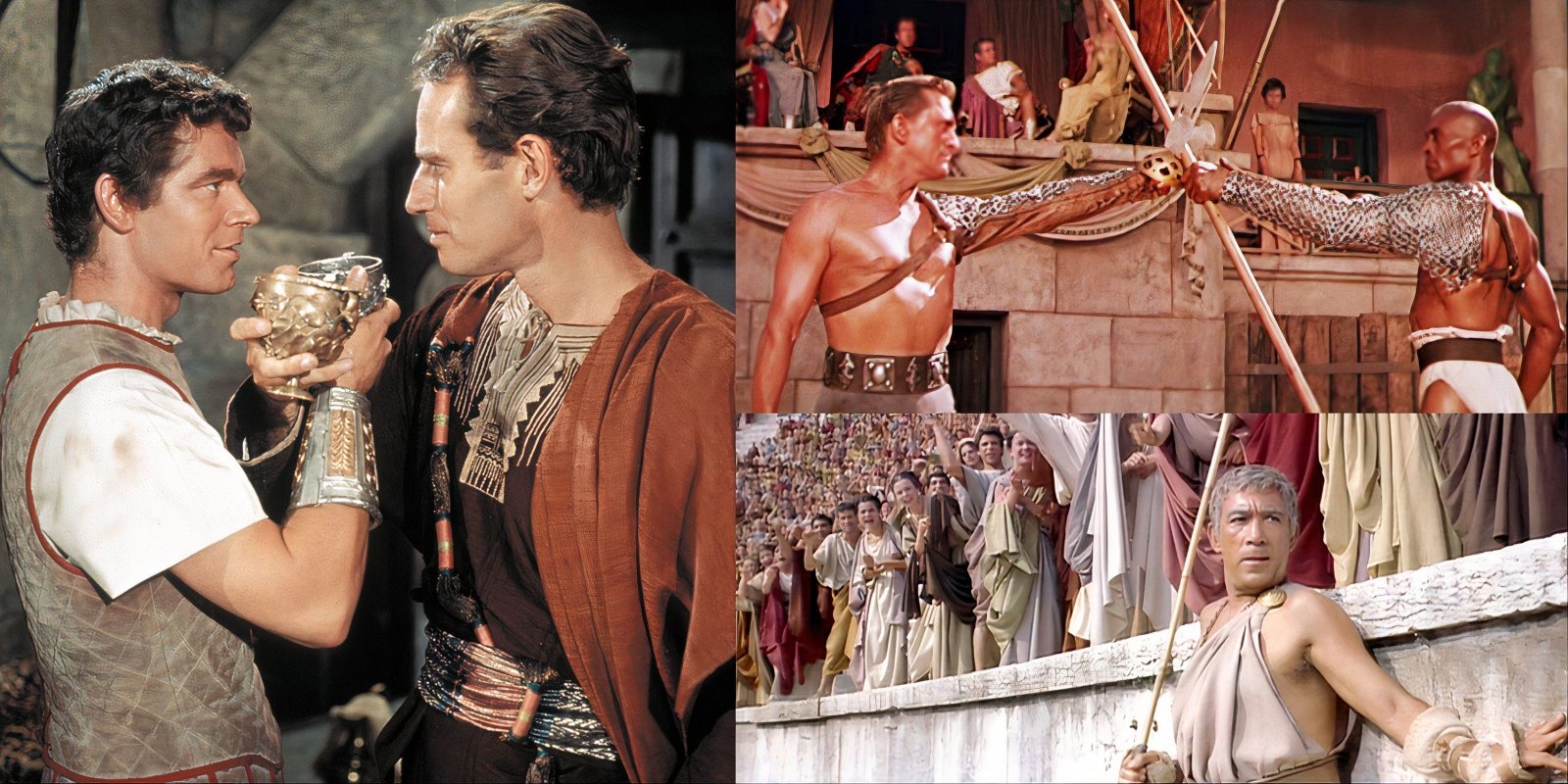

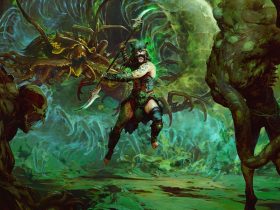
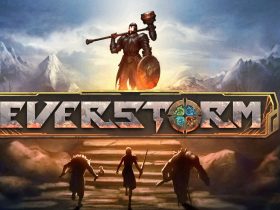




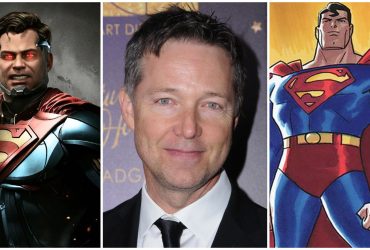
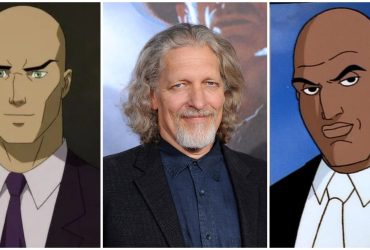

Leave a Reply